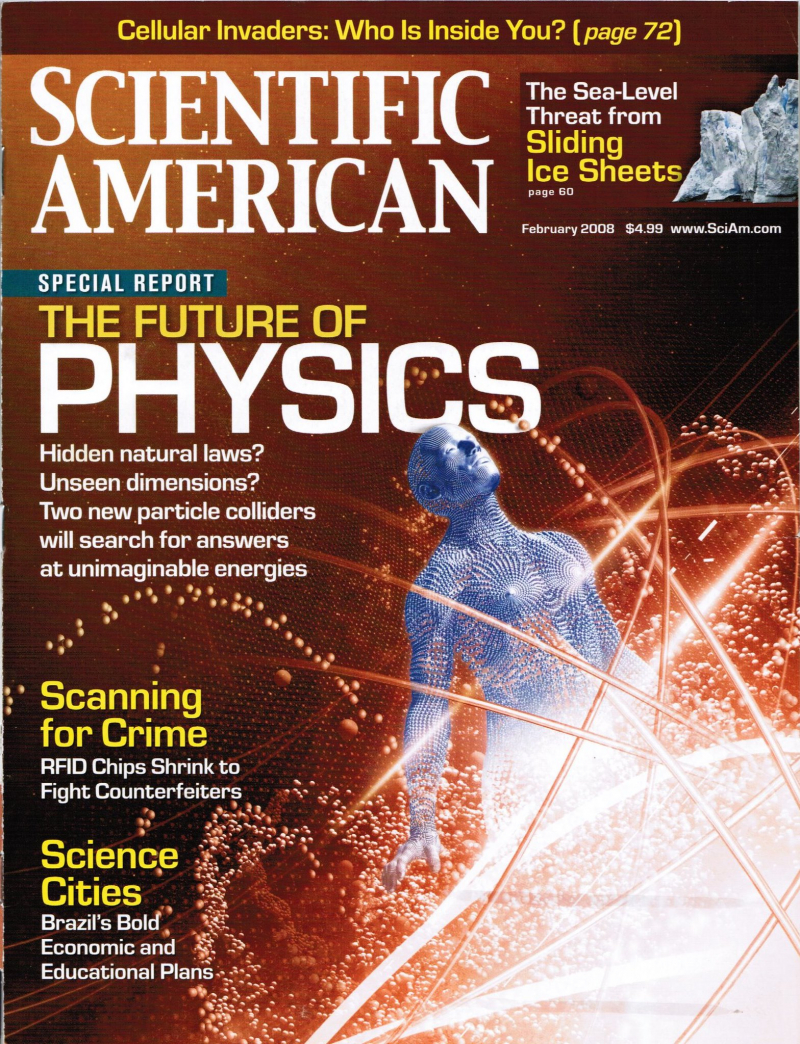Scientific American
Scientific American (founded in 1845) is the oldest continuously published journal in the United States. They have reported on many important developments and have a unique content database with original reporting on inventions such as Alexander Graham Bell's telephone and Thomas Edison's light bulb. As a magazine aimed at the general public, they do a pretty good job of covering science, not just entertainment. Although the quality has varied slightly up and down, especially in an era where print publications have to change to suit the preferences of the reader.
Scientific American has been the leading American scientific publication since its inception. They have managed to set the standard for detailed, authoritative commentary and reports by having top scientists make editorial contributions. Some typical newspapers may include articles on archeology in Egypt, DNA news through discoveries related to homosexual migration, Hubble and other space observatories, the latest findings on Alzheimer's disease, analysis of solar rhythm patterns, new trends in solar, wind and other energy production, and the biology of new food sources, such as super-yielding, genetically modified grains, to meet global food needs over the next few decades.
In short, Scientific American's science reflects the breadth of academic and other researchers from around the world. American Science seems to have many long, in-depth articles on a particular topic. Sometimes in a magazine, there are nine articles on a variety of topics: technology, space exploration, biology, climate change, neuroscience, animal behavior, forensics and education.
Website: https://www.scientificamerican.com











